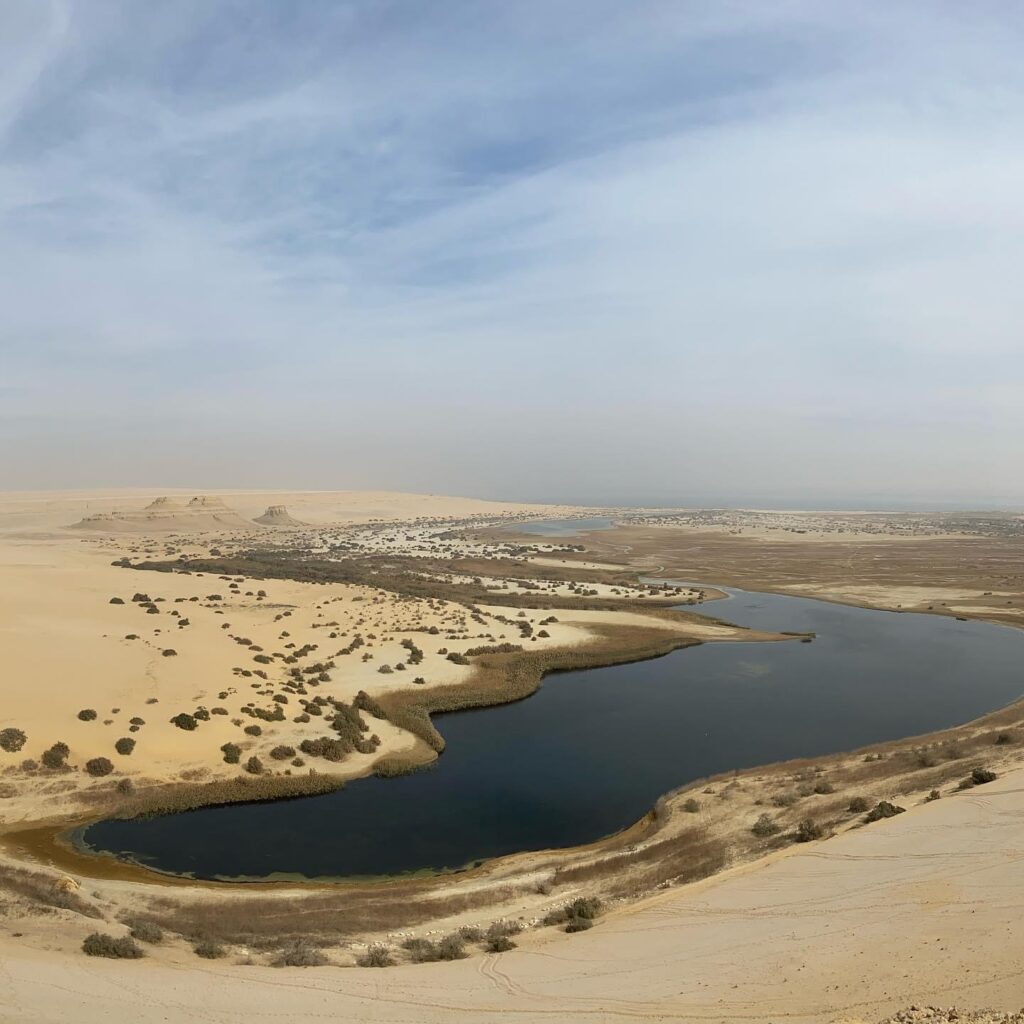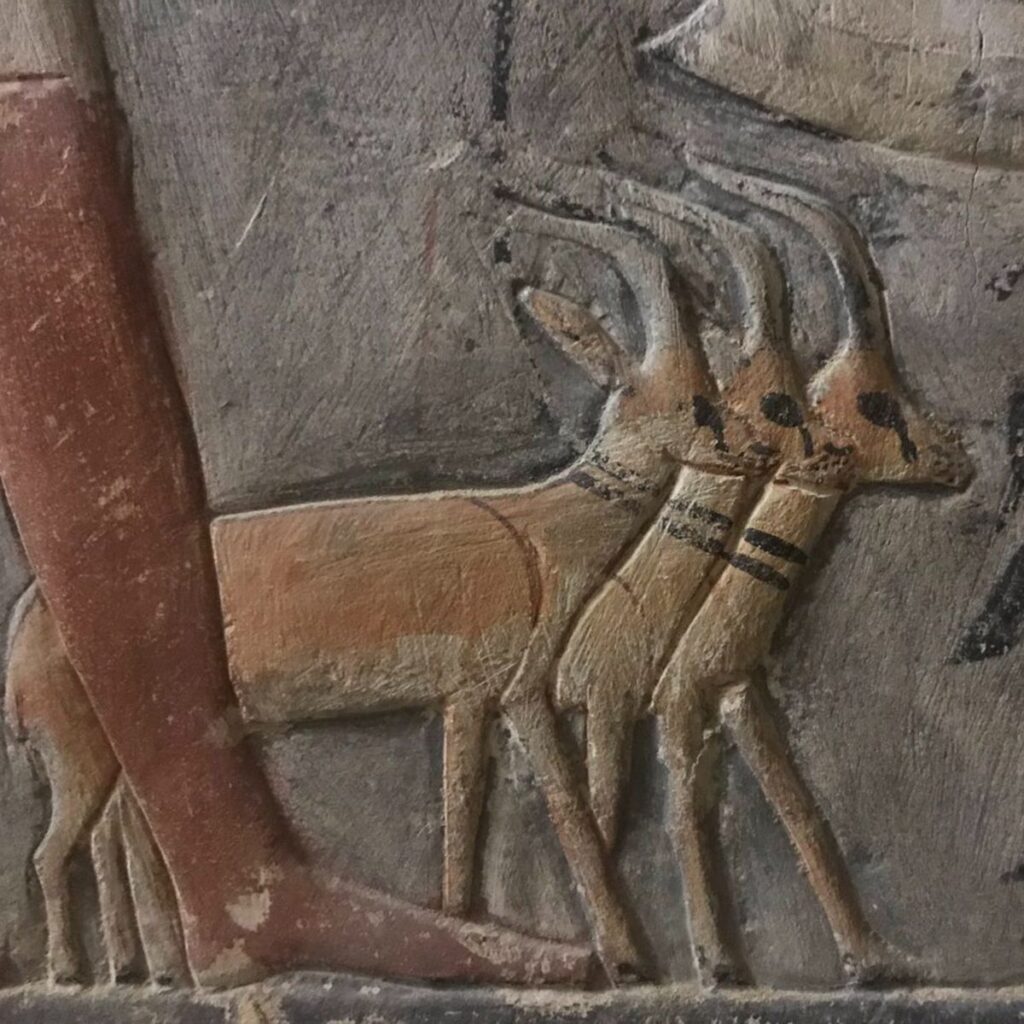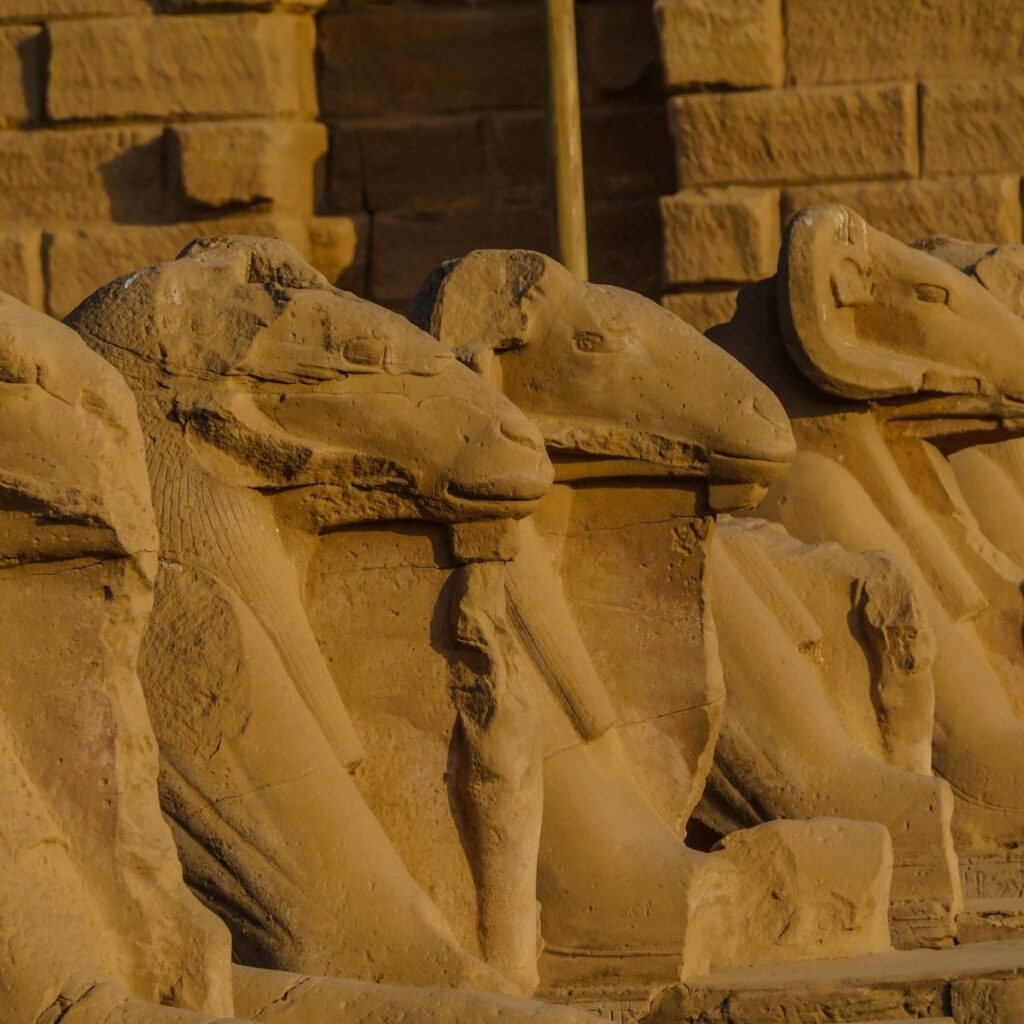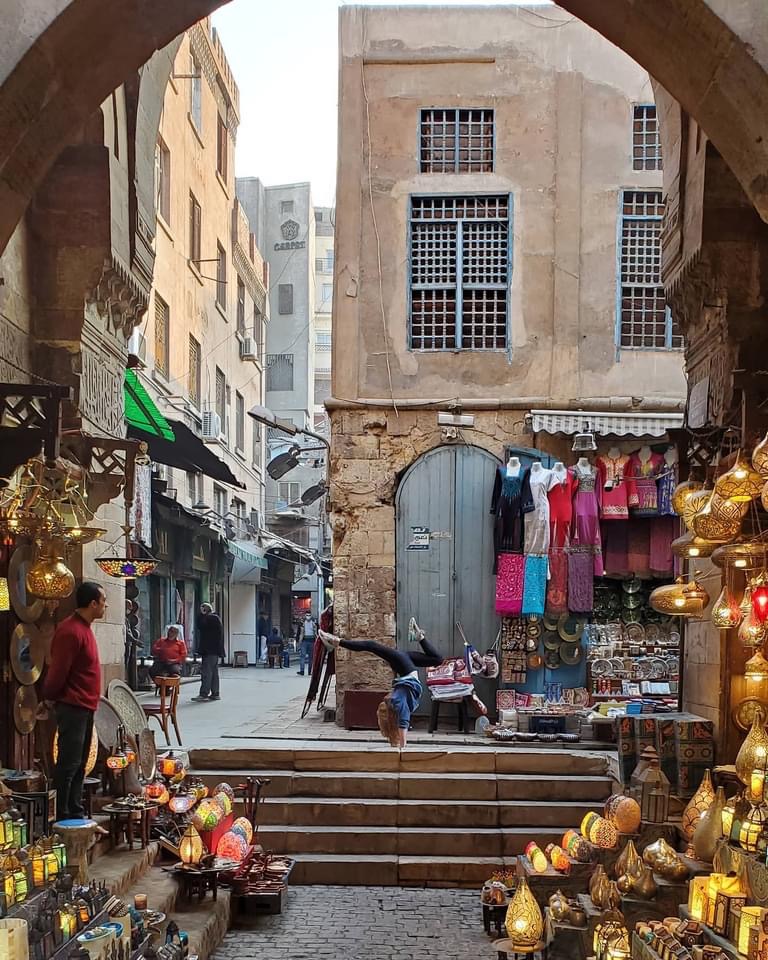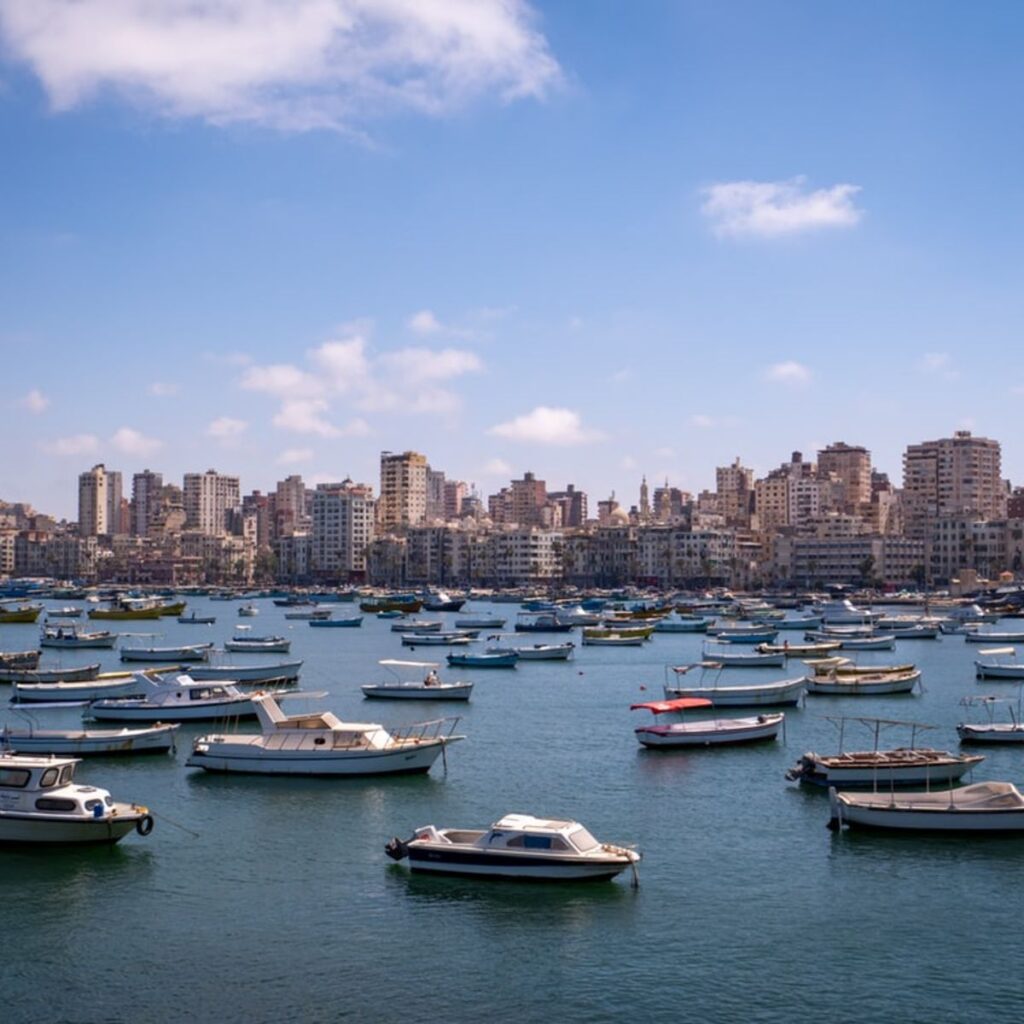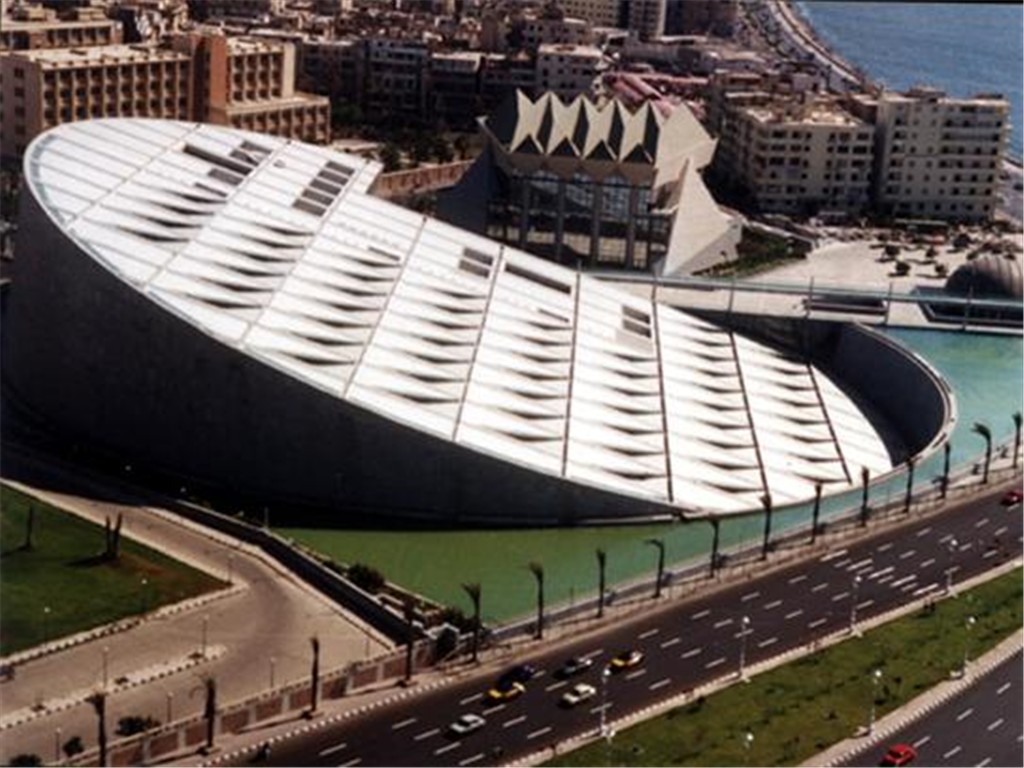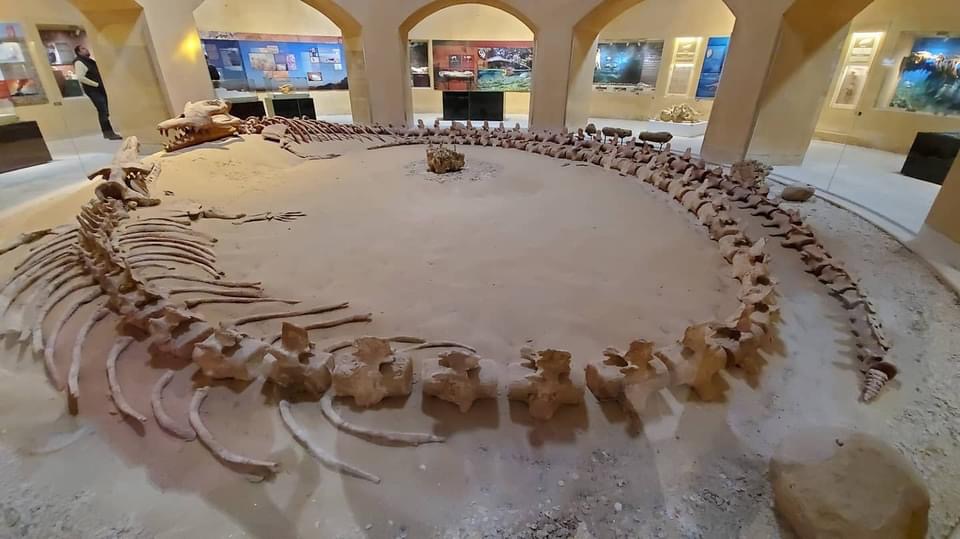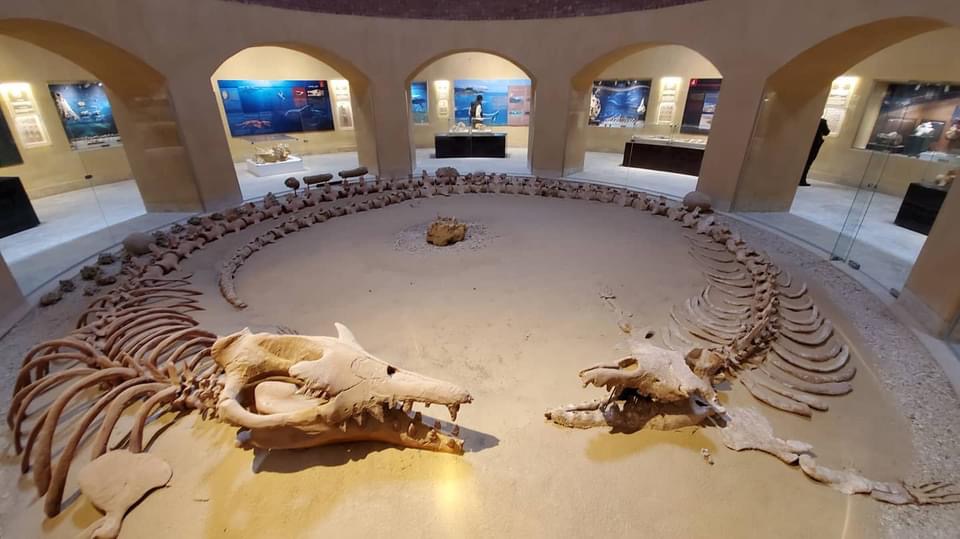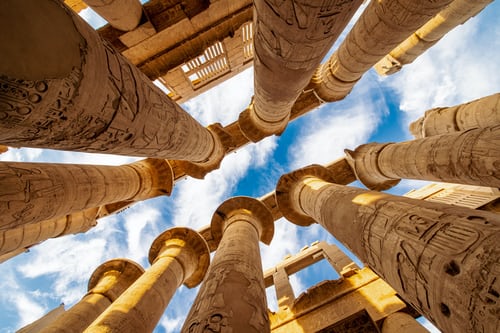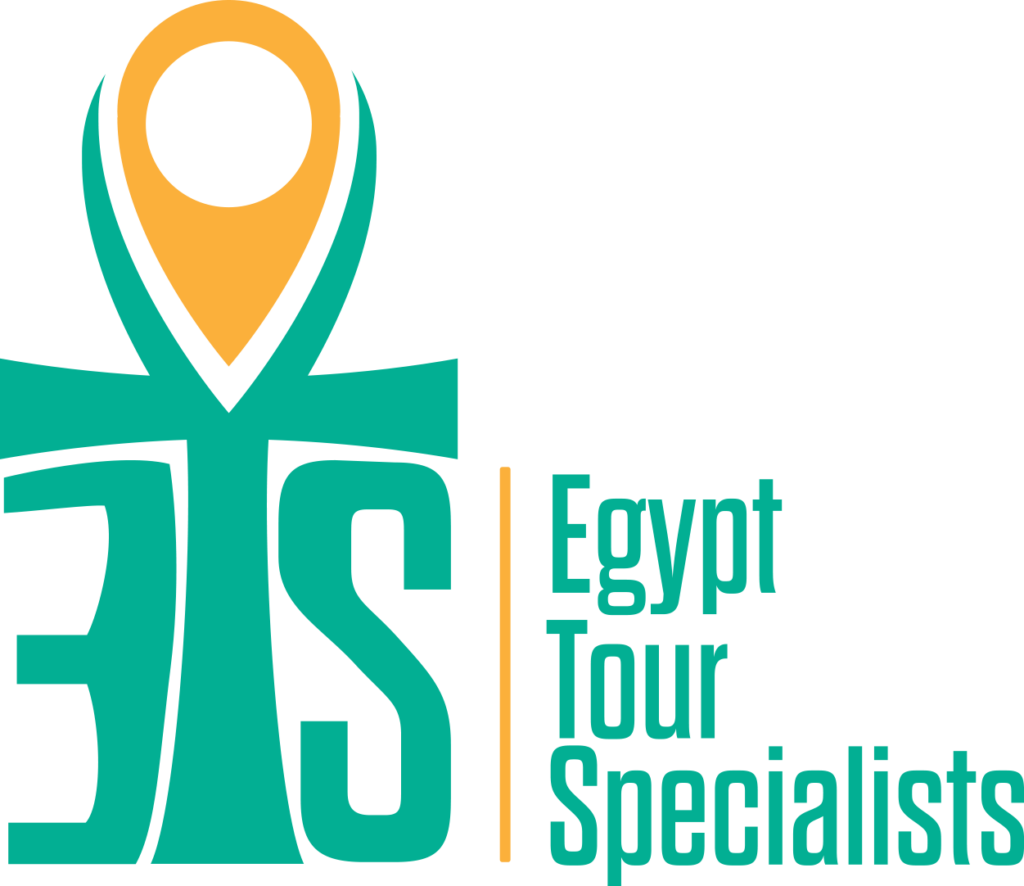EGYPT
Is the home of the ancient Pharaohs, a destination of temples and tombs that bedazzles and wows all who visit it … is not, believe it or not, all about historic treasures!
With vast tracts of desert, superb scuba diving, and the famed Nile River, Egypt offers something for everyone … We will never run out of fantabulous choices for every one who visits this home of delightful contrasts!
Beach lovers can head to the Sinai to soak up the sun, while history fans experience a field day in the city of Luxor. While Cairo, the megalopolis of Egypt can’t be beaten for city slickers, Siwa Oasis and the southern town of Aswan offer a slice of the slow pace of the countryside to those who seek mental calm.
With Egypt Tour Specialists, there is so much out there for travelers to see and do…
Our tours are anything but bland … they are the perfect mix of activities, which combine culture, adventure, and relaxation equally.
With a journey through history, we set you at the foot of the legendary Great Pyramids, right within the heart of the underworld where the Valley of the Kings lies, we sail you on the great Nile River, we allow you to explore the sand dunes on a 4×4 plunging through the Great Sahara Desert, and set you free to break the world’s records diving into the Red Sea.
General information:
Without the Nile River, all of Egypt would be desert. Only about an inch (2.5 centimeters) of rain falls throughout Egypt each year. But each summer, the river rises because of rains at its source far to the south in Ethiopia. Floods cover the river’s valleys, leaving sediments needed for trees, plants, and crops to grow.
Egypt is often divided into two sections: Upper Egypt in the south and Lower Egypt in the north. The sections are named this way because the Nile flows from south to north. The river empties into the Mediterranean Sea.
Southern Egypt’s landscape contains low mountains and desert. Northern Egypt has wide valleys near the Nile and desert to the east and west. North of Cairo, the capital, is the sprawling, triangular Nile River Delta. This fertile land is completely covered with farms.
Majority of Egyptians are Muslim. Rest of the Egyptians are Copts, one of the oldest branches of the Christian religion.
Egypt’s population is growing rapidly, over 100 million people. This puts strains on Egypt’s resources, since most people live in a narrow strip of land along the Nile River. Having so many people in such a small area can cause overcrowding, from schools to apartment buildings to hospitals.
Children are highly valued in Egypt, especially in rural areas where they help on family farms. Children are also expected to look after their parents in their old age.
Egypt is home to a wide variety of animals and plants, including jackals, gazelles, crocodiles, and cobras. The best places to see Egypt’s wildlife are in its more than 20 protected regions, which include oases, deserts, mountains, coastal areas, river islands, and wetlands.
Egyptians have always been close to the natural world. The ancient Egyptians left paintings and carvings of large animals like elephants, hippos, leopards, and cheetahs. These animals were once common in Egypt, but they are now rare or extinct because of hunting and habitat loss.
Egypt’s geography, population, history, and military strength have made it highly influential in the region. Along with oil and gas exports, Egypt’s tourism industry remains a key part of its economy. Visitors flock to the country to see ancient monuments
The first people to live on the banks of the Nile were hunters and fishermen, who settled there over 8,000 years ago. They learned to grow crops and raise animals, and they began to build villages and towns. They traded with their neighbors and learned to sail boats. By 3000 B.C., a civilization was established.
Around 3100 B.C., the kingdoms of Upper and Lower Egypt were unified under a powerful king, later called a pharaoh. These kings built huge pyramids, temples, and other monuments. They also conquered other lands.
By 1000 B.C., Egypt had split into smaller parts and the kingdom was in decline. Strong neighbors attacked and took over Egyptian territory. In 31 B.C., Egypt fell under Roman control. In A.D. 640, Muslim warriors took over Egypt and founded the modern capital, Cairo. They ruled for several centuries. In the 16th century, Egypt became part of the Ottoman Turkish Empire.
European powers played an increasing role in Egypt starting in the late 18th century. In 1882, the British invaded and occupied Egypt. The British wanted control of the Suez Canal, which linked the Mediterranean Sea with the Red Sea and greatly shortened the sailing trip from Asia to Europe.
Egypt gained full independence from Great Britain in 1952 and took control of the Suez Canal in 1956.
Egypt fought a series of wars with the Jewish state of Israel into the 1960s and the 1970s. In 1979 Egypt and Israel signed a peace agreement.
Famous cities in Egypt:
Cairo:
Cairo is the capital of Egypt and the largest city in the Arab world. Its metropolitan area, with a population of over 25 million, is the largest in Africa, the Arab world, and the Middle East, and the 6th-largest in the world. Cairo is associated with ancient Egypt, as the famous Giza pyramid complex and the ancient city of Memphis are located in its geographical area. Located near the Nile Delta, It was founded in 969 AD by the Fatimid dynasty, but the land composing the present-day city was the site of ancient national capitals whose remnants remain visible in parts of Old Cairo. Cairo has long been a centre of the region’s political and cultural life, and is titled “the city of a thousand minarets” for its preponderance of Islamic architecture.
It has the oldest and largest film and music industries in the Arab world, as well as the world’s second-oldest institution of higher learning, Al-Azhar University. Many international media, businesses, and organizations have regional headquarters in the city; the Arab League has had its headquarters in Cairo for most of its existence.
At its heart is Tahrir Square and the vast Egyptian Museum, a trove of antiquities including royal mummies and gilded King Tutankhamun artifacts. Nearby, Giza is the site of the iconic pyramids and Great Sphinx, dating to the 26th century BC. Trips
Alexandria:
Alexandria is the second-largest city in Egypt and a major economic centre. With a population of 5,200,000, It is the largest city on the Mediterranean – also called the Bride of the Mediterranean by locals – the sixth-largest city in the Arab world and the ninth-largest in Africa. The city extends about 40 km (25 mi) at the northern coast of Egypt along the Mediterranean Sea. It is a popular tourist destination, and also an important industrial centre because of its natural gas and oil pipelines from Suez.
It was founded in 331 BC by Alexander the Great king of Macedon and leader of the Greek League of Corinth, during his conquest of the Achaemenid Empire. An Egyptian village named Rhacotis existed at the location and grew into the Egyptian quarter of Alexandria. Alexandria grew rapidly to become an important centre of Hellenistic civilization and remained the capital of Ptolemaic Egypt and Roman and Byzantine Egypt for almost 1,000 years, until the Muslim conquest of Egypt in AD 641, when a new capital was founded at Fustat (later absorbed into Cairo).
Hellenistic Alexandria was best known for the Lighthouse of Alexandria (Pharos), one of the Seven Wonders of the Ancient World; its Great Library (the largest in the ancient world); and the Necropolis, one of the Seven Wonders of the Middle Ages. Alexandria was the intellectual and cultural centre of the ancient Mediterranean world for much of the Hellenistic age and late antiquity. It was at one time the largest city in the ancient world before being eventually overtaken by Rome.
The city was a major centre of early Christianity and was the centre of the Patriarchate of Alexandria, which was one of the major centers of Christianity in the Eastern Roman Empire. In the modern world, the Coptic Orthodox Church and the Greek Orthodox Church of Alexandria both lay claim to this ancient heritage.
Following the Arab conquest of Egypt in AD 641, the city was plundered and lost its significance before re-emerging in the modern era. From the late 18th century, Alexandria became a major centre of the international shipping industry and one of the most important trading centers in the world, both because it profited from the easy overland connection between the Mediterranean Sea and the Red Sea, and the lucrative trade in Egyptian cotton. Trips
Fayoum:
The city of Fayoum is the largest city in the Fayoum province and the Capital of the modern Fayoum Governorate. Originally called Shedet in Ancient Egypt, the Greeks called it Crocodilopolis or Krocodilopolis, the Romans called it Arsinoë and the Arabs Madinat Al Fayoum. It is one of Egypt’s oldest cities, possibly the world and it was the seat of worship of the crocodile god, “Sobek”.
The city located today at a height of 22 meters above sea level on the banks of the Bahr Youssef canal which penetrates the Faiyum depression of its southeastern part and is divided into eight distributary canals which provide the Fayoum with water necessary for cultivation and drinking. The total population of the city of Fayoum is 851,125 inhabitants (Census 2014).
The total area of the city is 1056 km2. The entrance to the city of Fayoum starts at the Obelisk square where a 4000 years old obelisk stands. Trips
Luxor:
Luxor is a city in Upper (southern) Egypt and the capital of Luxor Governorate. The population numbers 506,535 (2012 estimate), with an area of approximately 417 square kilometers (161 square mi). It is among the oldest inhabited cities in the World.
The modern city sprawls to the site of the Ancient Egyptian city of Waset, also known as Nut and to the Greeks as Thebes or Diospolis, Luxor has frequently been characterized as the “world’s greatest open-air museum”, as the ruins of the temple complexes at Karnak and Luxor stand within the modern city. Immediately opposite, across the River Nile, lie the monuments, temples and tombs of the west bank Necropolis, which includes the Valley of the Kings and Valley of the Queens.
Thousands of tourists from all around the world arrive annually to visit these monuments, contributing greatly to the economy of the modern city. Trips
Aswan:
Aswan is the southernmost city of Egypt, and is the capital of the Aswan Governorate.
It is a busy market and tourist centre located just north of the Aswan Dam on the east bank of the Nile at the first cataract. The modern city has expanded and includes the formerly separate community on the island of Elephantine.
The city is part of the UNESCO Creative Cities Network in the category of craft and folk art.
Aswan is a large tourist city where the current population is 1,568,000. Trips
،

